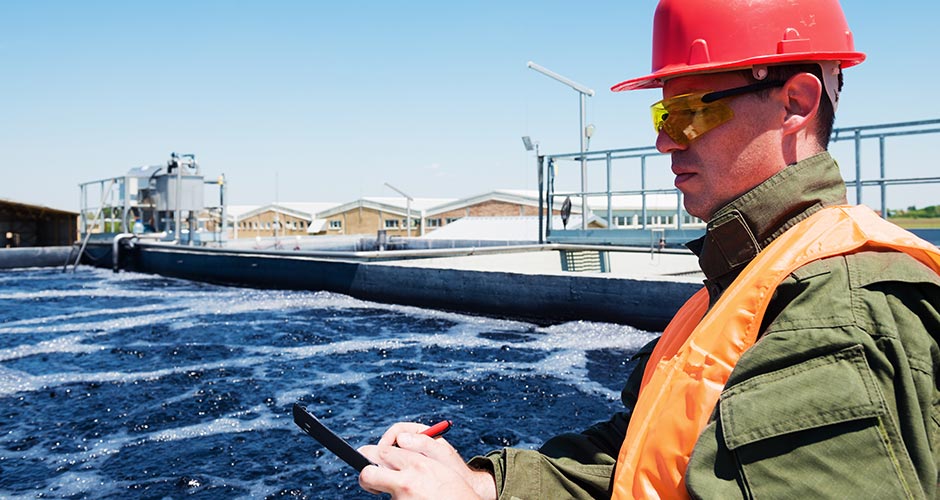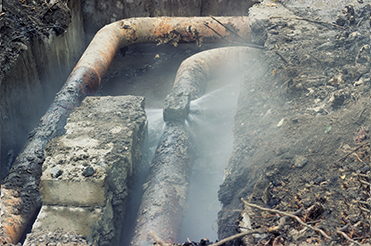Systems manage a wide variety of challenges. Regulations, rate studies, customer service, training and so much more. Through system visits and input from CRWA membership, it is clear that small systems struggle to meet all of the challenges with very limited staffing and funding options. SUSP has been created to fill that gap.
SUSP is an internal CRWA program that is able to provide both short and long term solutions to utilities. SUSP has the flexibility and staffing to provide planned services by experienced operators and managers at very competitive prices. Staff have years of experience in the field, and hold State Water Resources Control Board (SWRCB) certifications in treatment and distribution, and wastewater plant operations.



